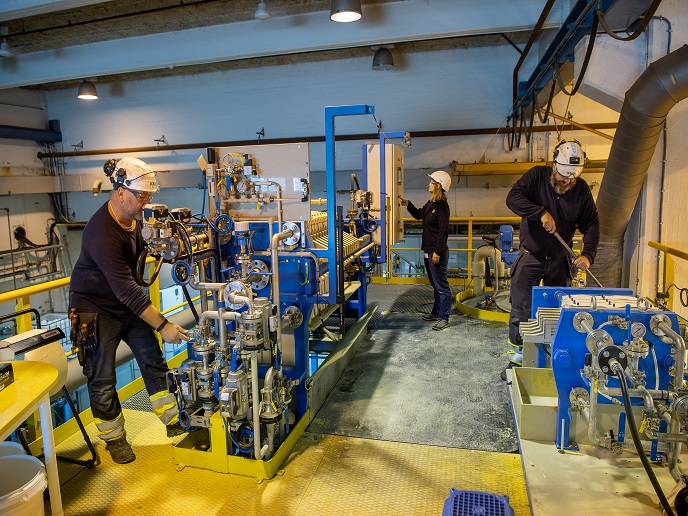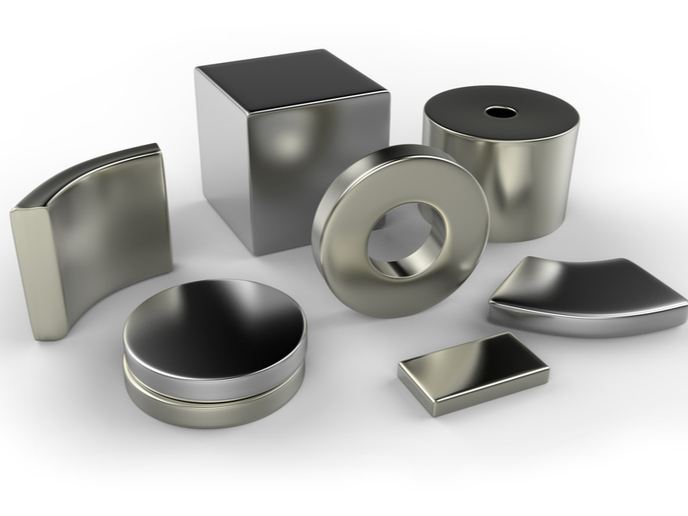Switch-and-drive batteries eliminate recharging
All-electric and hybrid vehicles are rapidly gaining ground. Switchable battery packs that can be easily installed and removed extend the range of EVs while eliminating the sometimes lengthy process of recharging. However, advanced electronics for enhanced safety and power conversion make integration of switchable battery packs into vehicles much more challenging, particularly considering the lack of standards. Scientists initiated the EU-funded project 'Models and generic interfaces for easy and safe battery insertion and removal in electric vehicles' (Easybat) to define new concepts for smart insertion as well as generic interfaces to improve operability between batteries and on-board electronics. During the first phase, researchers defined system requirements and use cases considering the battery itself, the car and battery switch station, and the car class description. The consortium conducted a risk analysis, defined the general solution architecture and identified gaps in standardisation that must be addressed. Standardisation will be critical to project success and to achieving an edge on the competition for which standardisation is lacking. Partners also made a list of legal requirements, directives and regulations to be met. Following development of safety guidelines and a safety tool for batteries, scientists defined design rules for improved battery cycle management. Modules include a battery management system (BMS) and a battery status system (BSS). Communications among modules has also been defined. Finally, Easybat conducted an analysis of environmental impact in three countries (Denmark, France and Israel) selected for their variety in energy sources and the ratio of electric to conventional internal combustion vehicles. Easybat plans to work towards standardisation of the battery swap concept for EVs. This, together with cost-effectiveness will make EVs an attractive and affordable global solution while giving the EU a competitive advantage over Japan and the United States where standardisation is lagging.







